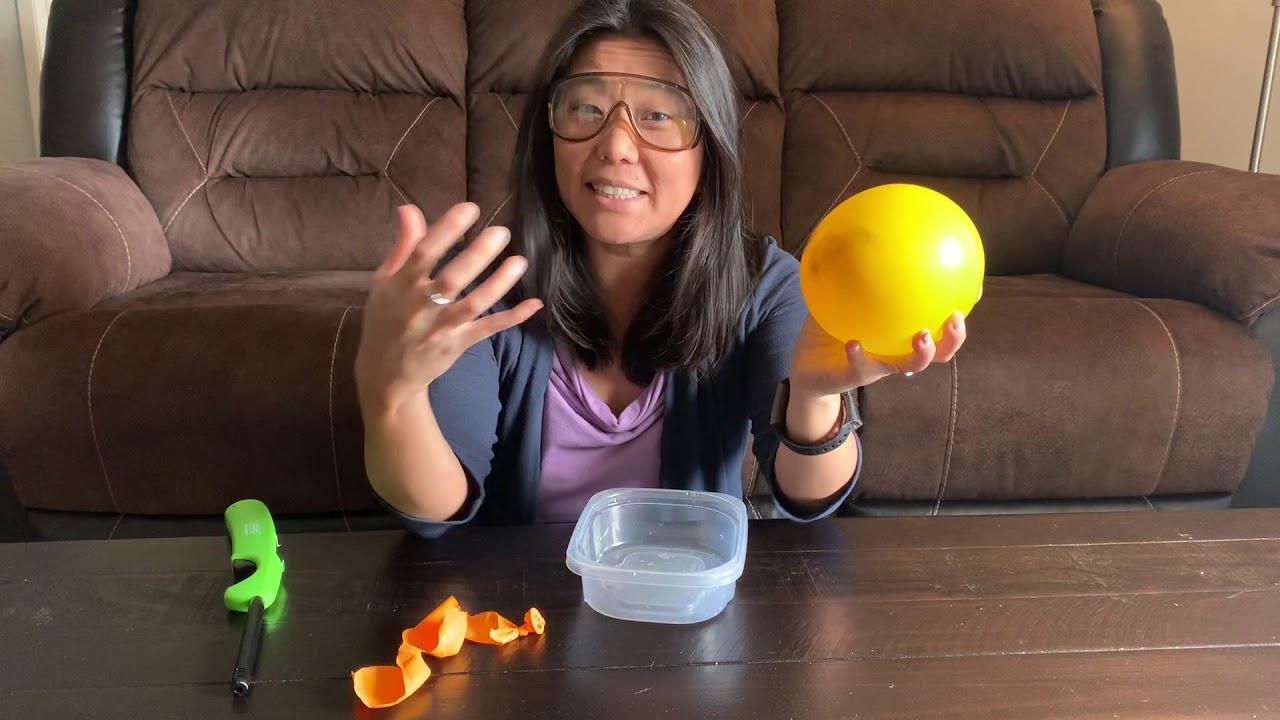Science Exploration: The Unpoppable Balloon

What happens when you apply heat to a balloon filled with air? It pops! But what happens when you fill that balloon with water before you apply heat to it? Will you end up with a popped balloon and a floor covered in water, or will science come to the rescue?
Mess Level: Low
Here is what you need:
• Adult supervision!
• Two balloons (one filled with air, and one filled with water)
• Barbeque lighter
• Paper towels (just in case there is a spill!)
What to do:
1. Before starting this experiment, make sure you have an adult to help you!
2. Fill up a balloon with air and tie it.
3. With the help of an adult, carefully angle the flame from the barbeque lighter directly under the balloon.
4. Now try the same thing, but this time fill your balloon with water.
5. With the help of an adult, carefully angle the flame from the barbeque lighter directly under the balloon.
6. You may notice some dark scorch marks at the base of the balloon, where it came into contact with the flame, but the balloon shouldn’t pop!
Why Does a Balloon with Water Not Pop?
This demonstration highlights the difference of how water and air reacts with heat. The air inside the balloon is a gas, and those air molecules are moving around very quickly. When the heat is applied to the balloon, the air molecules inside the balloon want to move around faster but they need more space to move. Because they are contained by the balloon, the only way to get more space to move is for the balloon to pop! The water balloon is filled with a liquid, and those liquid molecules are moving much more slowly. In order for the water balloon to pop, the water would have to be heated so that first the liquid begins to turn to a gas, but that would take a very long time!

